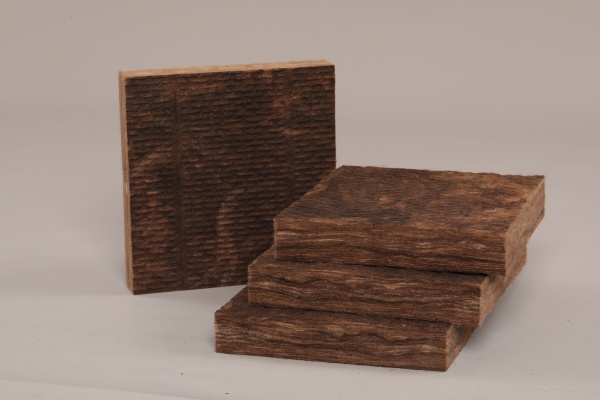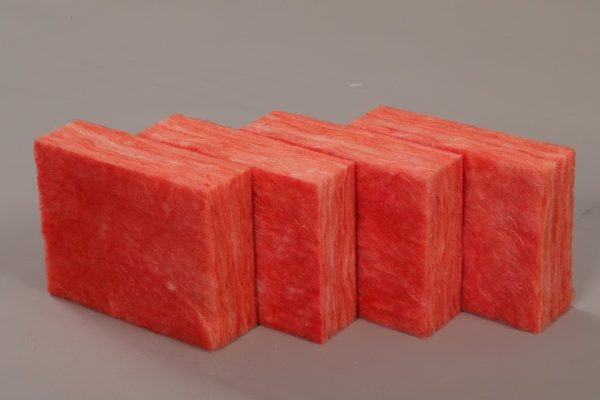E-mail: marketing@hbhuamei.com
When it comes to home insulation, understanding the capabilities of different materials is crucial. Glass wool insulation stands out as a popular choice, but homeowners often wonder about its limits. In this comprehensive guide, we'll delve into the maximum temperature that glass wool insulation can withstand and its implications for various applications.
Glass wool insulation is composed of fine glass fibers intertwined to create a blanket-like material. Its thermal properties make it an excellent choice for regulating indoor temperatures, but knowing its limitations is essential for effective usage.

The maximum temperature that glass wool insulation can handle varies based on the specific product and manufacturer. On average, it can withstand temperatures up to {temperature range}, making it suitable for a wide range of residential and commercial applications.
Understanding the maximum temperature tolerance is crucial for choosing the right insulation for different environments. Glass wool insulation is commonly used in attics, walls, and ceilings, providing effective thermal insulation. However, in areas with extreme temperatures or proximity to heat sources, alternative insulation materials may be more suitable.
Despite its temperature limitations, glass wool insulation offers several advantages. It is cost-effective, easy to install, and provides excellent soundproofing in addition to thermal insulation. Homeowners can benefit from energy savings and increased comfort, especially in regions with moderate temperature ranges.

A: While glass wool is effective in many applications, it is not recommended for areas with extreme temperatures or direct exposure to heat sources. Consider alternative insulation materials for such environments.
A: Glass wool insulation is non-combustible, providing a level of fire resistance. However, it is essential to follow proper installation guidelines to ensure optimal safety.
By addressing these common questions, homeowners can make informed decisions about the use of glass wool insulation in their properties. Remember to consult with professionals and adhere to manufacturer recommendations for the best results.
In conclusion, understanding the maximum temperature for glass wool insulation is key to optimizing its performance in various settings. By considering its advantages, limitations, and suitable applications, homeowners can create energy-efficient and comfortable living spaces.
Copyright © Huamei Energy-saving Technology Group Co., Ltd. All Rights Reserved | Sitemap | Privacy Policy
Insulation solutions LIST: Insulation solutions LIST